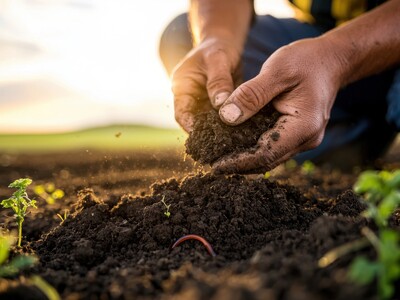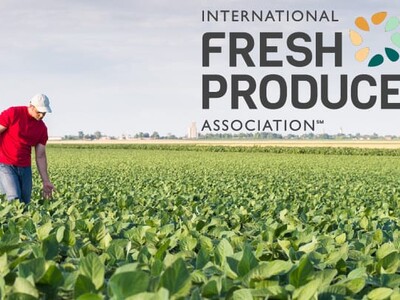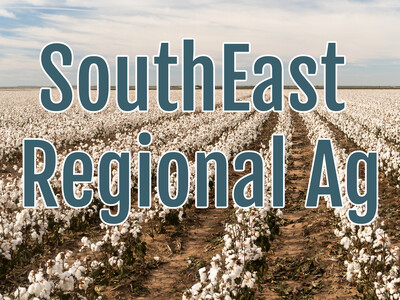Idaho snow pack
Most Idaho basins received a lot more snowpack than normal this winter and it’s shaping up to be a good water year.That’s welcome news to Idaho farmers, ranchers, recreationists and others who depend on the state’s reservoir systems to receive enough water during the hot, dry summer months.
“I think we’re going to have plenty of water this year,” said Rupert barley farmer Mike Wilkins. “We knew it was going to take something special to save (us) this year and we got it.”
The state’s agricultural producers suffered through tough water years in 2021 and 2022. That almost certainly won’t be the case this year, according to water managers.
“We have a pretty good snowpack,” said Tony Olenichak, watermaster for Water District 1, which is Idaho’s largest and encompasses the Upper Snake River system. “Unless we have an extraordinarily hot summer, the water supply will be a lot better than it was last year.”
Heading into this winter, most Idaho reservoirs had little carryover water and ag producers were on pins and needles hoping for an above-average snowpack.
That happened and then some.
April 1 is typically the date Idaho’s mountain snowpack levels peak. On that date this year, all the basins in southern Idaho had well above normal snowpack and a few were pushing 200 percent.
Those snowpack levels continued to climb after that date as the state was hit with several new snowstorms.
As of April 4, snowpack levels were at 120 percent of normal in the important Snake River basin, which feeds the Upper Snake reservoir system, which holds 4 million acre-feet of water, enough to supply well over 1 million acres of farmland in eastern and southern Idaho with irrigation water.
Olenichak said the snowpack in the basins that feed the Upper Snake River reservoirs might be enough to fill the system if the area receives a wet spring.
That would be great news for irrigators because it would likely mean those reservoirs would finish this growing season with a good amount of carryover water heading into next winter.
On April 4, snowpack in the Weiser basin was 161 percent of normal, it was 128 percent of normal in the Payette basin and it was 138 percent of normal in the Boise basin.
“We have 138 percent of normal snowpack and the reservoir system has a good amount of carryover water,” said Bob Carter, project manager for the Boise Project Board of Control, which provides water to five irrigation districts that service a total of 165,000 acres of irrigated ground in the Treasure Valley of southwestern Idaho.
“The system looks good; we’re anticipating a pretty good water year,” Carter said.
The Big Wood and Little Wood basins had 157 percent and 165 percent of normal snowpack on April 4 and the Big Lost and Little Lost basins had 151 and 152 percent of normal snowpack on that date.
Snowpack levels in the Henry’s Fork and Teton basins were at 124 percent of normal on April 4 and the Willow, Blackfoot and Portneuf basins were at 201 percent of normal.
Snowpack in the Owyhee basin was at 213 percent of normal on April 4 and the Bear River basin had 165 percent of normal snowpack on that date.
Coming out of winter, there was so much snow in parts of Eastern Idaho that it was causing some major challenges to farmers and ranchers there.
At least 40 structures, most of them ag buildings, had collapsed in Bear Lake County as of late March and the snow caused major difficulties during calving season, according to area ranchers.
Heading into warmer weather, flooding was a major concern there and in other counties as well. The snow was also delaying planting season.
Still, farmers and ranchers, who have faced two straight years of drought conditions, said they would not trade the snow for anything.
“We prayed for snow, we got snow,” said Bear Lake County rancher Mark Harris. “My dad told me to never cuss the moisture so I’m not going to complain.”
“We’re grateful for every drop of water we get; we’ll just deal with it,” said Bear Lake County farmer Jim Parker. “At least there will be water this year.”













